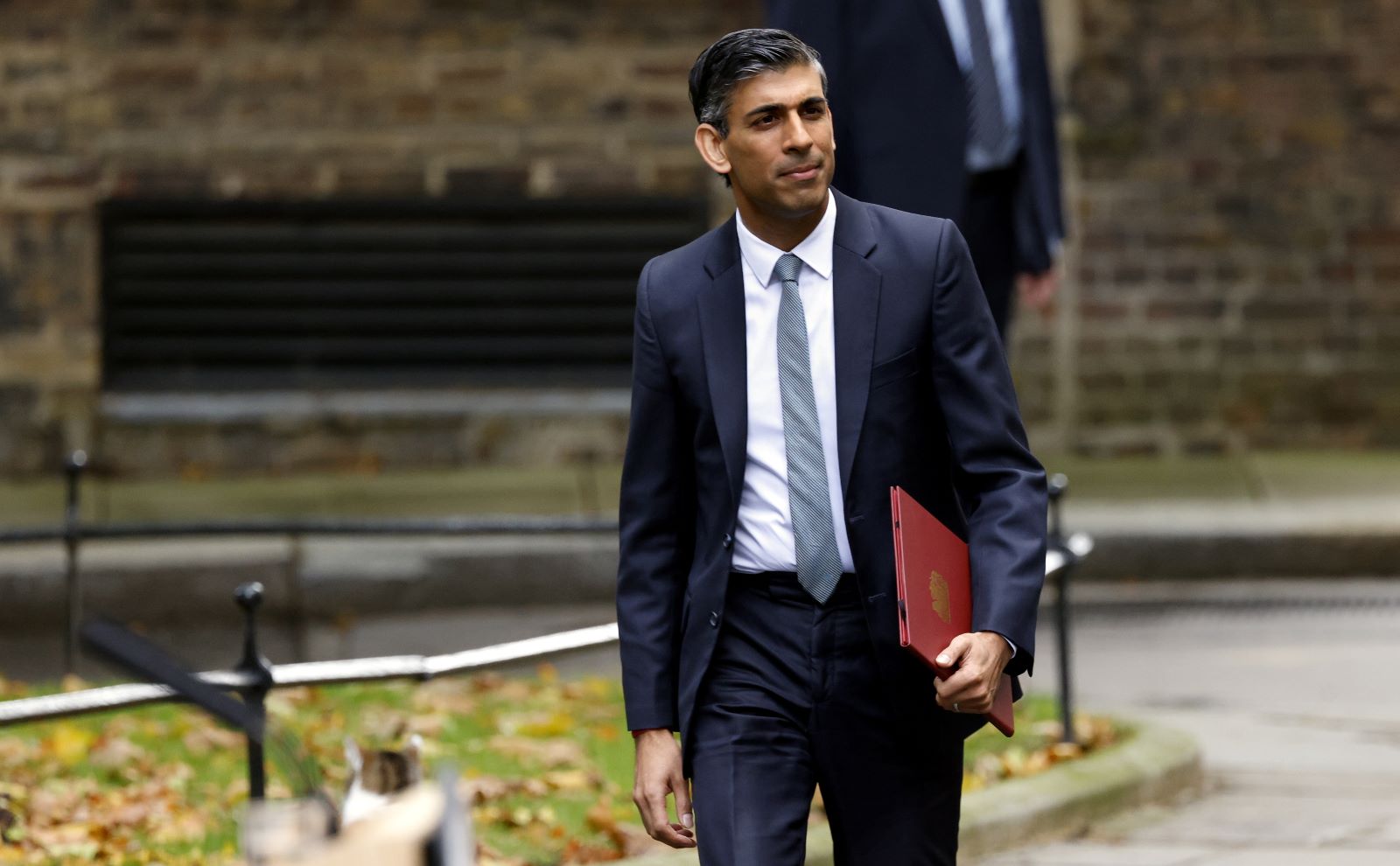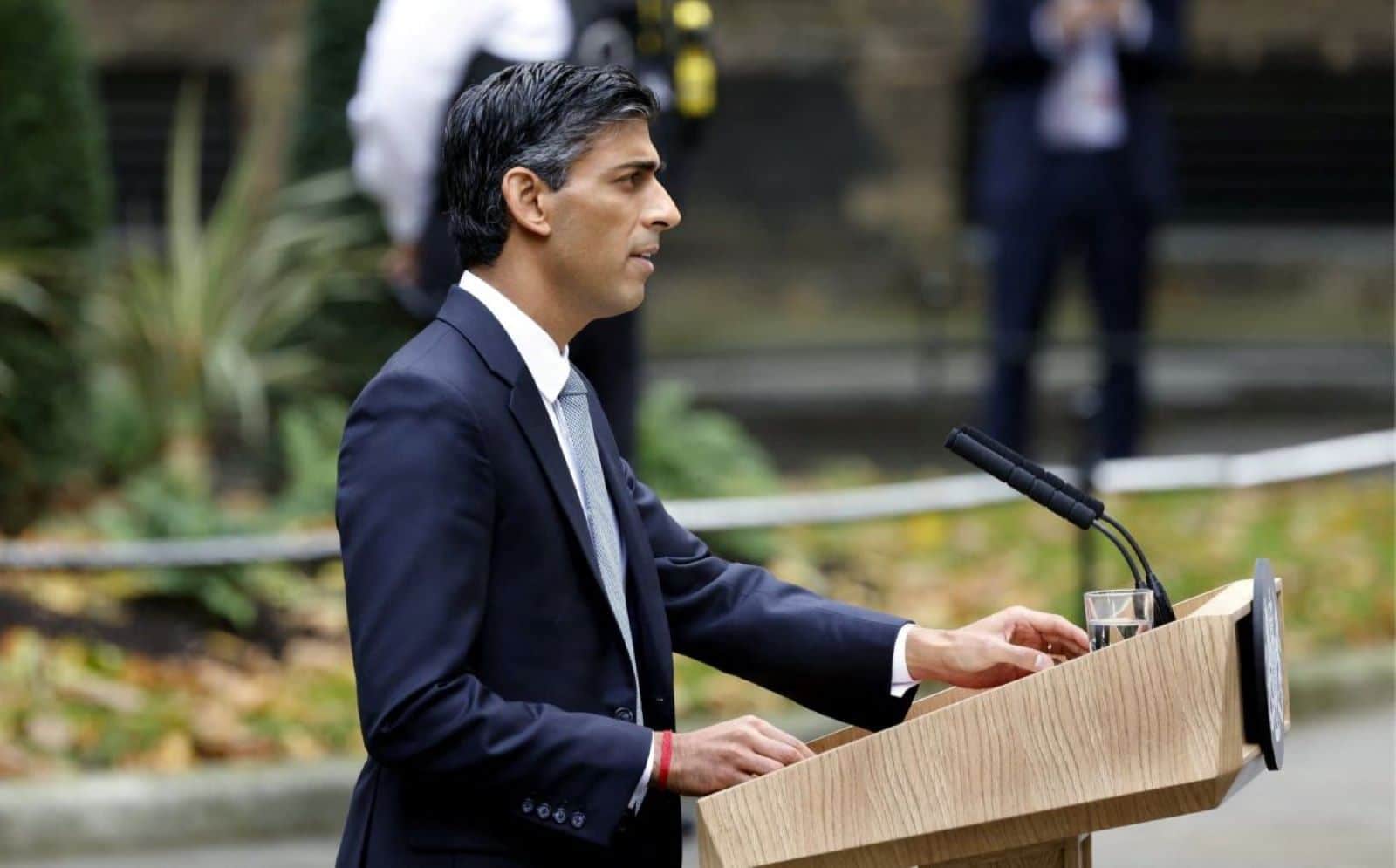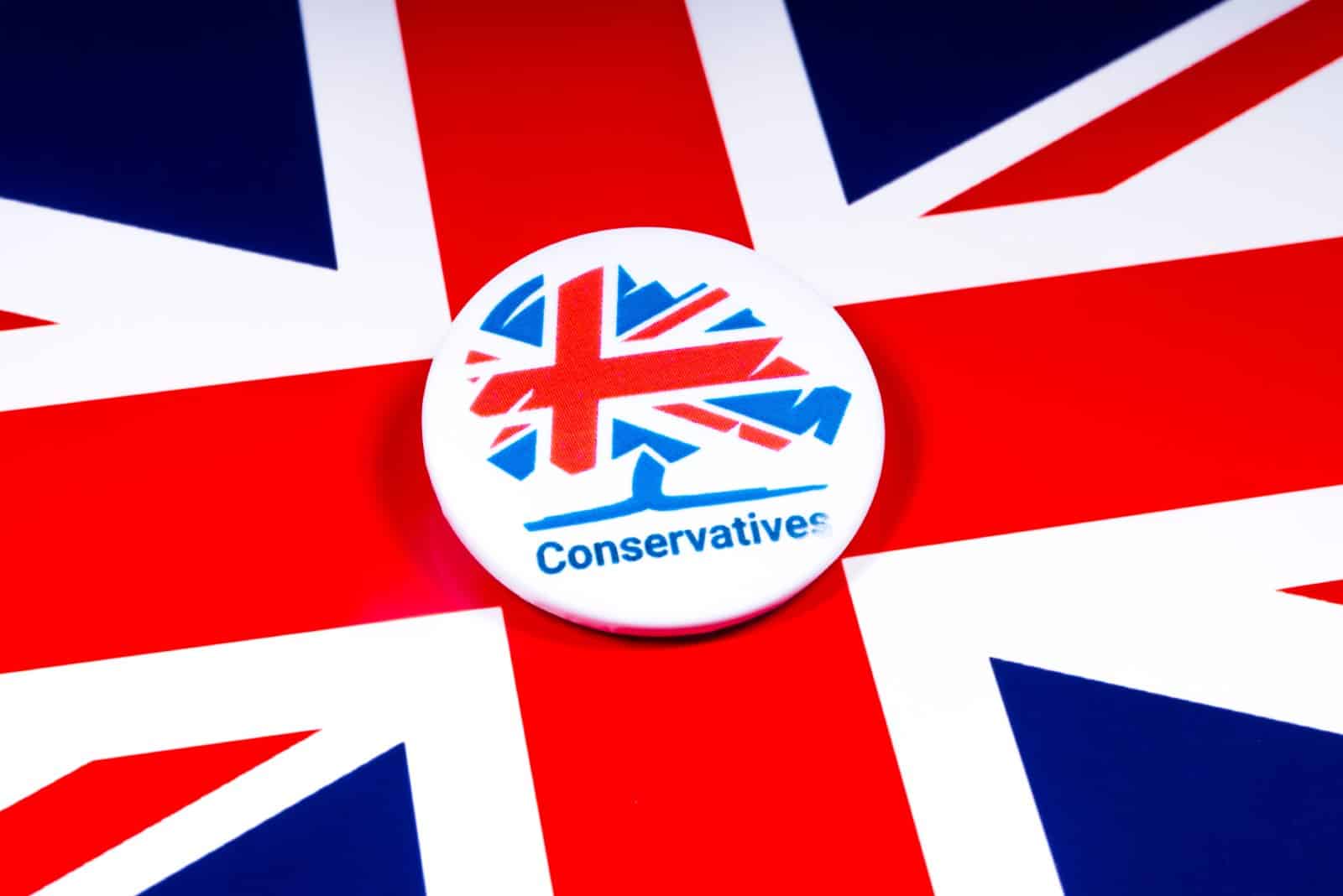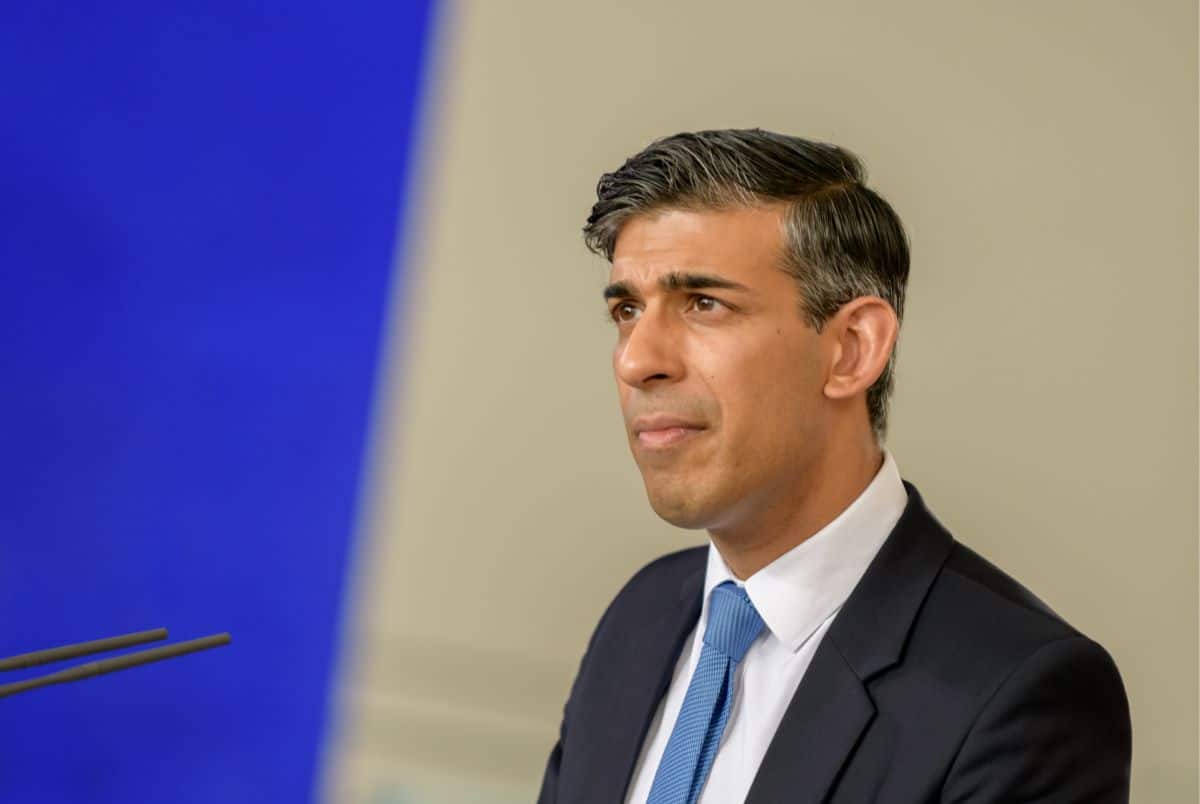Rishi Sunak’s ascent to power was marked by remarkable good fortune, but his tenure as Prime Minister was riddled with missteps that almost brought the Conservative Party to its knees. Here’s the full story.
Rapid Rise

Rishi Sunak, the former Prime Minister, had a remarkably rapid and smooth rise to the highest office in the land. First elected as an MP in the safe Tory seat of Richmond in 2015, Sunak’s privileged background made it hard for the future Prime Minister to relate to many of the electorate who would one day hold his fate in their hands.
Rising Star

Though Sunak was identified as a rising star within the Conservative Party early on, his early years in Parliament were marked by loyalty to party lines and a strategic avoidance of the contentious Brexit debates, which, even back then, threatened to tear the Conservative Party apart.
Sided with Brexit

Sunak eventually picked a side in the Brexit debate, supporting Brexit but seemingly managing to do so without becoming a polarising figure. His support for Boris Johnson’s leadership in 2019 further cemented his rise, leading to his appointment as Chief Secretary to the Treasury and, shortly after, Chancellor of the Exchequer.
Internal Success

However, while politically shrewd, these steps reflected a broader theme: Sunak’s success was often more a product of internal Conservative politics than a demonstration of his appeal to the wider electorate.
Early Popularity

Upon becoming Chancellor in February 2020, Sunak initially enjoyed unprecedented popularity. His early responses to the COVID-19 pandemic, including the introduction of the furlough scheme and the “Eat Out to Help Out” initiative, were well-received by the public.
Approval Ratings Soared

By July 2020, his approval ratings soared, with 52% of those surveyed by YouGov believing he was doing a good job. However, despite the early acclaim, cracks began to appear in Sunak’s public persona by early 2022.
Partygate Scandal

His involvement in the “partygate” scandal, where he and other government officials were fined for attending gatherings that broke COVID-19 lockdown rules, marked a significant turning point. This incident and rising scrutiny over his wife’s non-domiciled tax status eroded his once stellar public image.
Approval Plummeted

By mid-April 2022, his approval ratings had plummeted, with 50% of respondents in a YouGov poll believing he was doing a lousy job, compared to just 20% who still thought he was performing well.
Resignation and Leadership Battle

Following a series of scandals that rocked Boris Johnson’s government, Sunak resigned as Chancellor in 2022, contributing to Johnson’s downfall. Shortly after, Sunak failed to get elected as Conservative leader in a leadership battle against Liz Truss. Her brief and tumultuous premiership ended in a travesty, which allowed Sunak to waltz into the office of Prime Minister.
Challenging Tenure

However, Sunak’s tenure as Prime Minister was marred by missteps and external challenges. He faced widespread industrial action, record NHS waiting times, and significant economic challenges. Internal party issues compounded his troubles, with high-profile resignations and scandals among his ministers.
Unifying Leader Failed

Sunak’s attempts to present himself as a unifying leader were undermined by these persistent issues, and his inability to articulate a clear vision for the future only deepened public disillusionment.
Election Called

Following months of speculation about when an election would be called, Sunak finally called an election at the end of May in a rain-soaked speech to the nation, which began an election campaign that would end up being riddled with gaffes and scandals which saw Labour glide to an over 400 seat majority.
Betting Scandal

Sunak’s campaign oversaw a betting scandal where swathes of Conservative candidates and officials placed bets, seemingly with insider information, on when the election would be. Similarly, Conservative pledges like National Insurance divided the country, and the resurgent Reform party, led by Nigel Farage, attacked Sunak relentlessly from the right.
Loss of Strongholds

This combination of factors, along with public animosity and even anger towards the Conservative party, left the party under Sunak struggling to maintain votes even in seats that have been Conservative since the 19th century.
Former Ministers Lost

A vast swathe of Conservative former ministers have lost their seats, with former Prime Minister Liz Truss losing her seat to Labour. Sunak held onto his seat but used his speech to acknowledge that Keir Starmer would now take his job as Prime Minister.
Broader Malaise

Ultimately, Sunak’s premiership exemplified a broader malaise within the Conservative Party. His inability to connect with voters beyond the Conservative base and a series of internal and external crises left the party in disarray.
Cautionary Tale

As the Conservative Party is left to lick its wounds following a historic electoral defeat, Sunak’s journey serves as a cautionary tale of how political success built on a house of cards is a recipe for disaster.
Stepping Down

As he leaves office, Sunak has announced he will step down as Conservative leader following a leadership battle which will likely see his already divided party descend into factional infighting over the party’s future direction. What the Conservative party will look like following the slow-motion car crash of Sunak’s leadership remains to be seen.
Featured Image Credit: Shutterstock / photocosmos1.
The images used are for illustrative purposes only and may not represent the actual people or places mentioned in the article.

